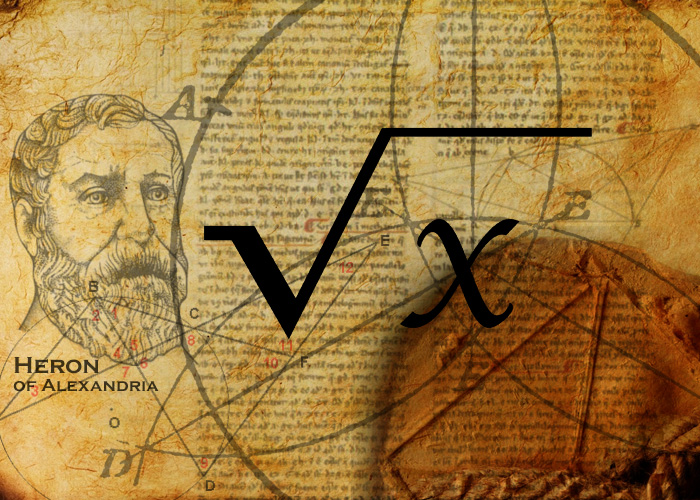I was surprised they’ve changed the long standing system for rounding off numbers, my Grade 3 daughter told me so. Their current textbook (’Math and Beyond‘ 2nd Revised Ed., 2008) still holds the rules I’ve known since my school days. Apparently, their teacher introduce a new system of rounding off whole numbers. I tried to check it across google and found mixed results– top 1 result still shows the old system of rounding off numbers while top 2 result now holds the current rules for rounding off numbers. I guess the search result goes to show that the current system of rounding off numbers has just been established. I didn’t came across with any information as to when this new rules were set.
With the new system of rounding off numbers, i’ve noticed a discrepancy in dealing with the digit 5 especially when estimation is involved. Like taking an estimated sum of two numbers or taking an estimated products. To illustrate more, let’s go over each system of rounding off numbers.
Rounding Off Numbers the way I used to be. Now, for the Old System of rounding off whole numbers the rules are:
- Identify the rounding digit. The rounding digit is the place value (e.g., ones, tens, hundreds) to round off.
- Identify the adjacent digit. The adjacent digit is the digit to the right of the rounding digit.
- IF the adjacent digit is equal or greater than 6, add 1 to the rounding digit and change to zero all the digits to its right.
- IF the adjacent digit is equal or less than 4, retain the rounding digit and change to zero all the digit to its right.
- IF the adjacent digit is 5, check to see if the rounding digit is odd. If it’s the case, add 1 to the rounding digit. But if the rounding digit is even, it remains the same. Then, change to zero all the digits to its right.
Take for example if you are to round off 347 to the nearest tens. The digit 4 being in the tens place value is our rounding digit, hence, digit 7 is our adjacent digit. Applying the old system of rounding off numbers, the rounded number is 350.
If you are to round off 344 to the nearest tens. The digit 4 being in the tens place value is our rounding digit, hence, digit 4 is our adjacent digit. By the rule of the old system of rounding off numbers, the rounded number is 340.
In the case of having 5 as our adjacent digit. If you are to round off 345 to the nearest tens, since the rounding digit is an even number, the resulting rounded number is 340. But if, say, 355 is to be rounded off to the nearest tens; it would then become 360, since the rounding digit is an odd number.
Current System of Rounding Off Numbers. Looking at the new system of rounding off numbers, rules are made simpler.
It states that if the adjacent digit is equal or greater than 5, add one to the rounding digit and change to zero all the digits to its right. Otherwise, if the adjacent digit is less than 5, the rounding digit stays the same and just change to zero all the digits to its right.
The following examples would clearly illustrate the new rules of rounding off numbers to the nearest tens:
345 = 350 , 355 = 360 , 344 = 340 , 347 = 350
Discrepancy in estimation. One good application for rounding off numbers is estimation. You could quickly get the sum of a 5-digit numbers by rounding off its addends, same is true for acquiring the product of two factors.
With the new system of rounding off numbers, i’ve noticed an inconsistency in result, when dealing with 5 as the adjacent digit. But for adjacent digits other than 5 they’re pretty much yields consistent results.
To illustrate the inconsistency of the new system of rounding off numbers, take for example, if you want to estimate the sum of two numbers to the nearest tens, say 345 and 535:
actual sum: 345 + 535 = 880
old system of rounding off numbers: 340 + 540 = 880
new system of rounding off numbers: 350 + 540 = 890
Notice, the sum obtain using the new system of rounding off numbers deviates by as much as 10 compared to the actual sum.
Consider another example, taking the sum of 2,538 and 9,584 to the nearest thousands, we have:
actual sum: 2,538 + 9,584 = 12,122
old system of rounding off numbers: 2,000 + 10,000 = 12,000
new system of rounding off numbers: 3,000 + 10,000 = 13,000
The old system of rounding off proves to be much closer approximation than the new system when dealing with the digit 5 as the adjacent digit.

